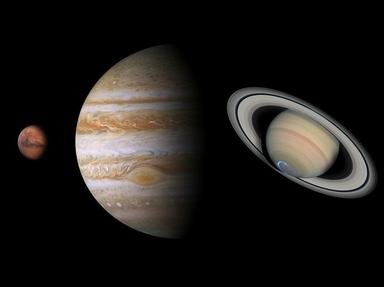
Whose Moon is it Anyway? Trivia Quiz
While not as well-known as the planets, the moons of our Solar System have some fascinating histories, features and stories to tell. Match these famous moons to their planet, then read the "interesting information" to learn more about them.
A classification quiz
by patrickk.
Estimated time: 3 mins.